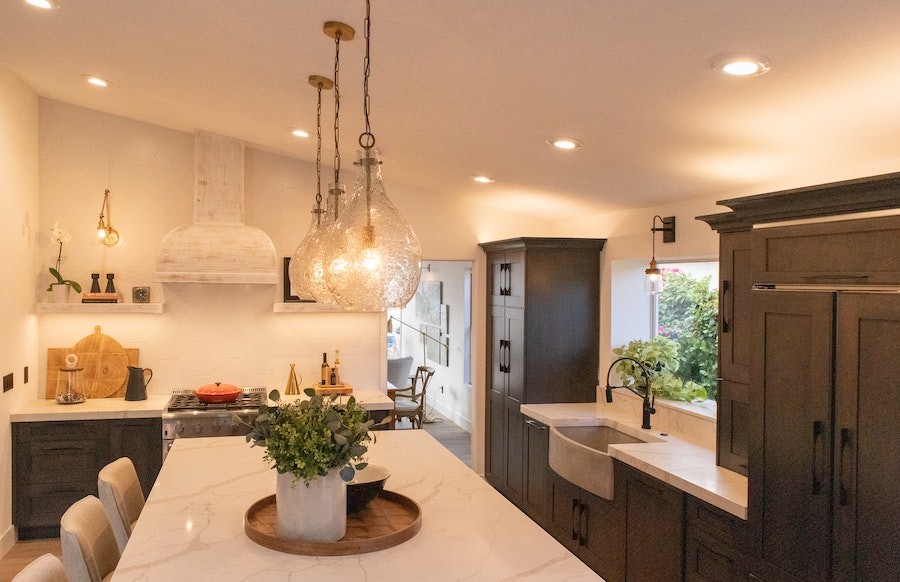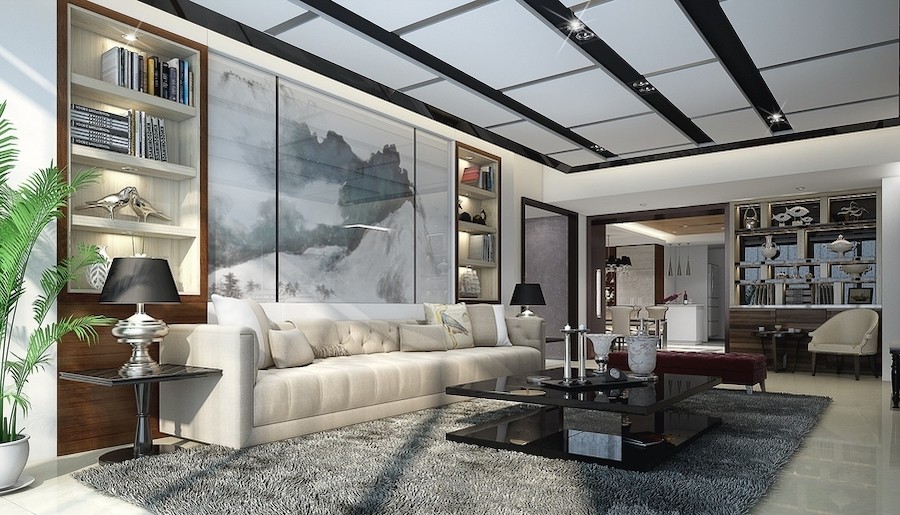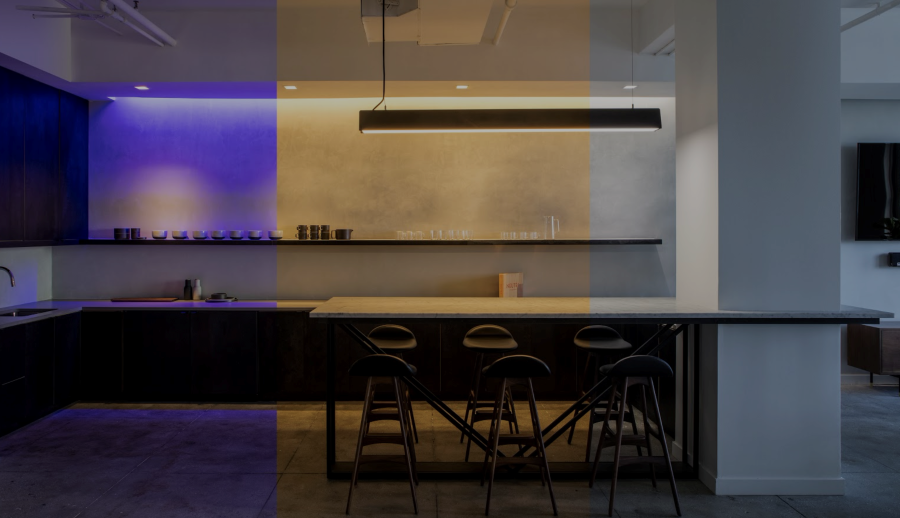Advanced Voice Activation Now Possible for Music, Lighting, and More
At Show & Tell AV Solutions, we have long been fans of Control4 home automation systems. Their integration capabilities and ease of use allow us to create custom home automation solutions in clients’ homes, making smart home experiences unique to each family and living situation.
Control4 has led the home automation pack in innovative firsts, from customized keypads with pre-set scenes to enhanced touchscreens. Josh.ai has also been one of our favorite voice control options, allowing users to speak as if they were talking to a friend instead of imitating a robot.
In November 2021, Control4 and Josh.ai announced an expanded partnership and an exclusive distribution agreement. To say we were excited maybe a slight understatement. The joining of these two mighty forces in smart home automation significantly ups the ante in the level of service and integration we can offer our clients.
At the core of this partnership is new driver enhancements that create a superior experience. Let’s look at what this means for Control4 smart homes in Bountiful, UT, and the surrounding areas.






